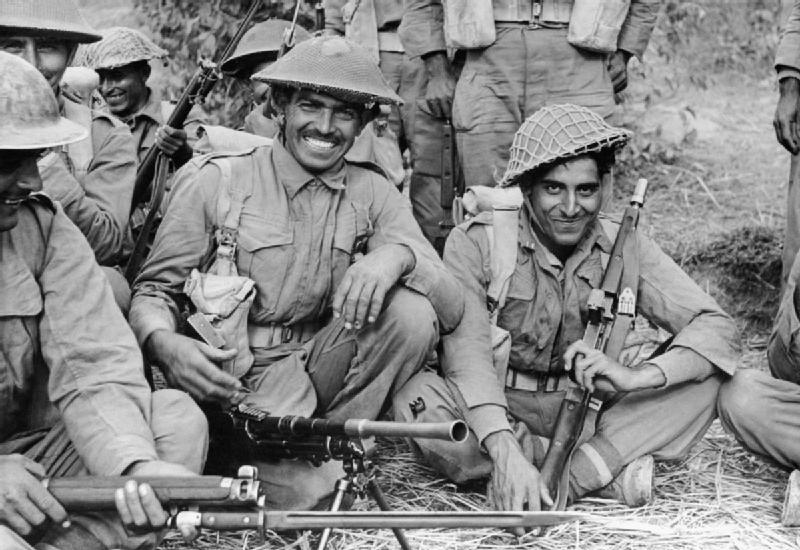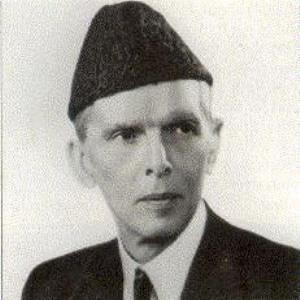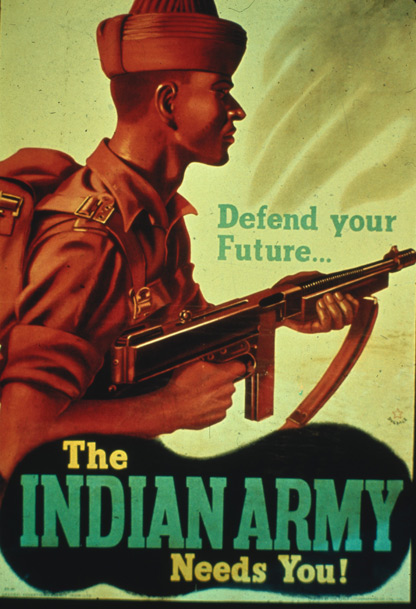As India assumes the role of one of the global powers, there has been a growing demand for more scholarship about the rise of modern India. Srinath Raghavan’s India’s War: World War II and the Making of Modern South Asia examines India’s role in the Second World War, a topic which has been largely neglected by historians. Raghavan describes his book as a way to better understand how India shaped and was shaped by the war, using military history, diplomacy, economics, and domestic politics in India to describe these changes.
Raghavan focuses on three key themes: the difficulty in earning Indian cooperation in a war which Indians had not chosen to fight; the profound transformation of India’s economy during the war; and the ways in which Indian and Pakistani nationalists used their participation in the war for their own ends.
Britain’s unilateral declaration of war angered the Indian National Congress, and Alexander Linlithgow, Viceroy of India, knew that India was vital to the maintenance of British interests in the Persian Gulf and East Africa. While expecting that the Congress could be made to fall into place, Linlithgow went to work assembling other forces that would support the British, including the Muslim League led by Ali Jinnah (30). As a consequence, Jinnah was able to press for the British to support ‘autonomous and sovereign’ Muslim states, a vague formulation that would nevertheless be important in the postwar period. With this coalition, Linlithgow could ready India for war.
Raghavan makes clear that while Indians were subordinated to imperial planners in London, the Raj was responsible for its own sub-imperial sphere (35). This area included East Africa, the Persian Gulf, and other parts of Britain’s Asian empire as far east as Singapore. Iran and Iraq were of particular strategic interest to Britain and India, both for its oil supplies and the fact that the Persian Gulf allowed for access by sea to India.
 |
| Indian troops in Burma, 1944. |
The Indian Army went through a substantial transformation in size, from just under 195,000 in 1939 to over two million in 1945 (64). This process was accompanied by considerable growing pains. Indian troops needed vast amounts of equipment at a time when Britain was hard-pressed to outfit its own troops (70). While Lend-Lease eased some of the supply bottlenecks India experienced, British planners and the Raj had initially declined to mobilize the Indian economy because they doubted it could be made to produce wartime goods without unduly competing with Britain (89).
Early in the war, India’s military was more focused on British interests in the Middle East, especially as British planners feared the possibility of Russian military action in Asia, particularly to threaten India by an invasion in Afghanistan. Indian divisions first saw action in both North Africa as well as in Ethiopia and the Horn of Africa, where they gained valuable combat experience against the Italians (121). That experience would soon be used against Erwin Rommel and the German Afrika Korps, and Indian units would go on to serve in Italy.
However, the declaration of war by Japan turned the Raj’s war planning on its head. Planning in East Asia had been lackadaisical and overconfident at best (181). While the fall of Hong Kong and Malaya were disasters for the British, the fall of Burma was far more threatening to India. War had suddenly advanced directly to India’s border, and there was widespread panic in eastern India before it became clear that Japan had overstretched itself (258). Soon the situation stabilized, and in 1944 the Indian Army began a campaign to retake Burma that demonstrated how far the Indian Army had come in training, combat readiness, and logistics.
These battlefield successes were accompanied by turmoil at home. A mission to renegotiate India’s colonial status demanded the end of British rule in India. When those demands were not realized, Congress launched what became known as the Quit India movement. This only pushed the British closer toward the Muslim League, and Jinnah used the arrest of the INC leadership to strengthen his control over several provinces. Meanwhile, the Indian Army was allowed to use considerable lethal force to end the uprisings associated with Quit India (274).
 |
| Ali Jinnah, leader of the Muslim League and one of the founders of Pakistan. |
Meanwhile, the Axis powers, particularly Japan, worked to turn Indian nationalism against the British. Subhas Bose was a member of the INC who made his way to Berlin to try and secure German support for India. While Hitler ultimately declined to aid Bose, Japan worked to support an Indian National Army (INA) that would fight against the British. While they did not see front-line service against the forces of the Raj until 1944, they represented a serious propaganda threat (295).
India’s economy was finally pushed to begin war production in 1942, and it went through an impressive period of growth in output that matched even Britain. Labor unions also grew dramatically in these years (327). However, the growth also placed tremendous strain on India’s railways, which could not be expanded sufficiently to meet wartime demand. Financially, the Raj elected to print money during the war to pay what it couldn’t cover in taxes, leading to spiraling inflation. This combination of inflation and breakdown in transportation led to the 1943 Bengal Famine (350).
Raghavan ends the book somewhat abruptly in the immediate postwar period. The wave of strikes and mutinies in 1946, combined with widespread respect for the INA led British administrators to doubt whether they could maintain their rule over the country (454). With his newfound political clout Ali Jinnah was able to push for partition of the country, which set off a new wave of violence that took as many as a million lives. Other wartime decisions played a role in the independence period. Pakistan, for example, had benefitted from very little of the industrial growth that India saw during the war. This left the country with a slim industrial base, and pushed it closer to the United States and its promises of military aid (460).
The book’s myriad approaches are woven together with considerable skill, and the attention paid to economics is particularly welcome. The section dealing directly with military history is perhaps the driest, in part because it reverts to a series of unit numbers and movements that are difficult to keep track of. Raghavan does not write a “people’s history,” noting that that had already been done by Yasmin Khan in The Raj at War. Thankfully, the military chapters do occasionally include perspectives from ordinary soldiers that add a welcome human element to the fighting.
Given the book’s subtitle and the importance of India through the British Empire in Asia, it is somewhat surprising that Raghavan does not spend more time on India’s regional role in the postwar period. For how example, did India’s liberation of Burma have any effect on postwar relations? What about between India and Iran? As India was effectively a sub-imperial power, did it try to continue that role in the postwar period? Raghavan notes that the role of regional hegemon is falling to India again today, but what happened to it through the 1940s and 1950s?
Lastly, Raghavan ends the book on an intriguing question: why is World War II so dimly remembered in India? He makes a compelling case for it as a powerful event in India, even beyond the several million Indians who made a military contribution to victory. It may have been interesting to dig into the historical memory a bit more deeply and try to understand why this blank spot exists.
 |
| Indian Army recruiting poster. |
